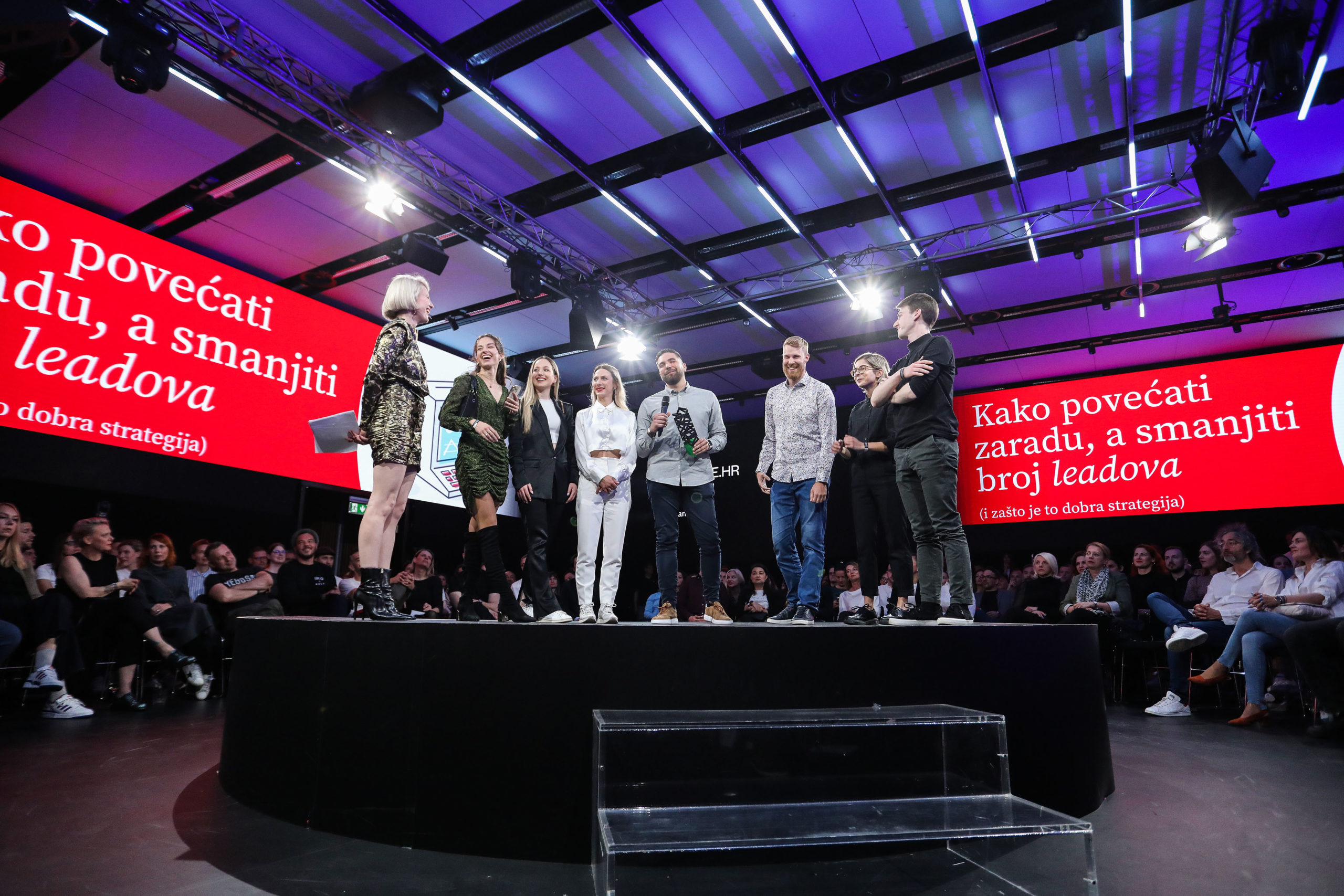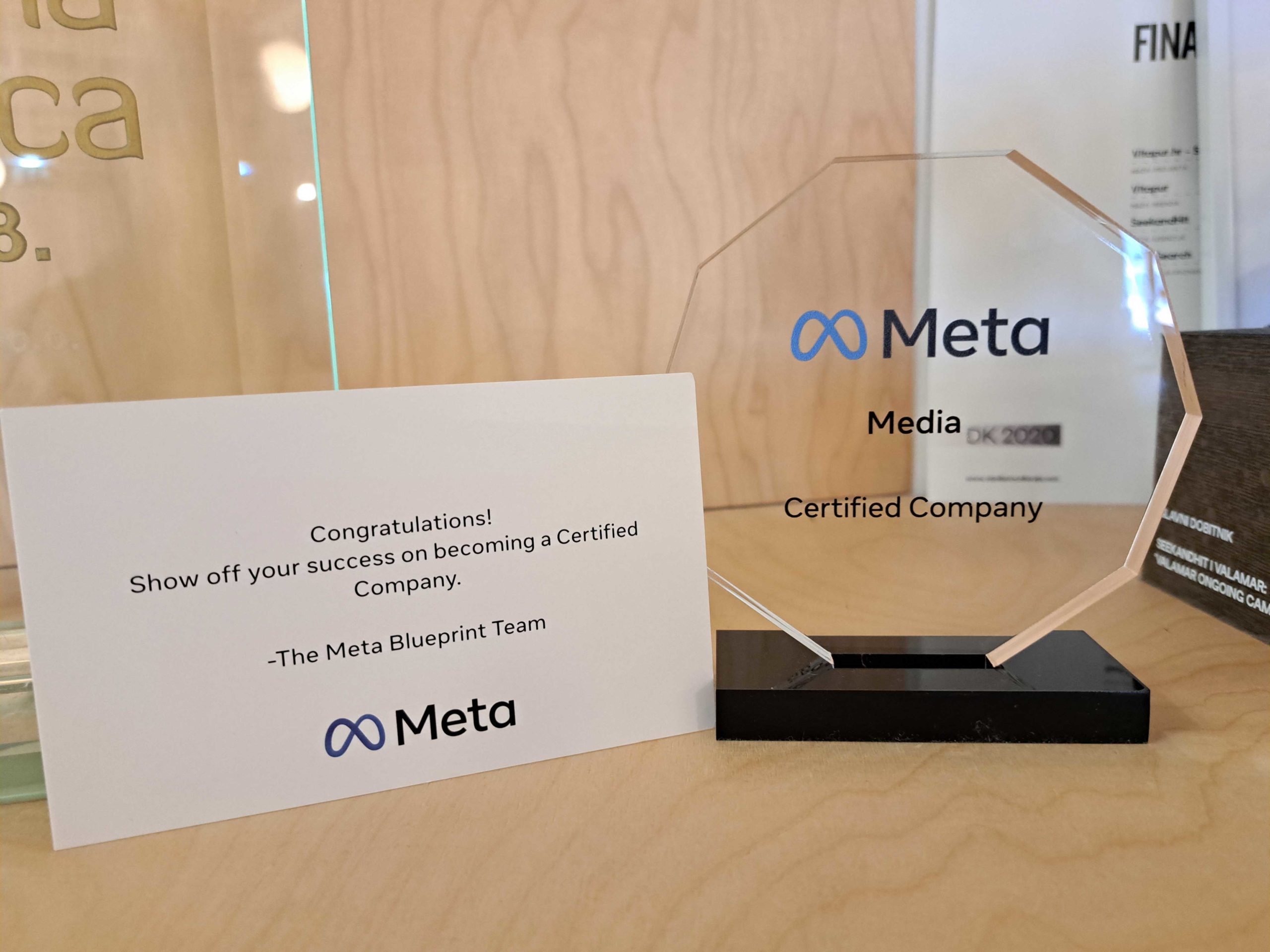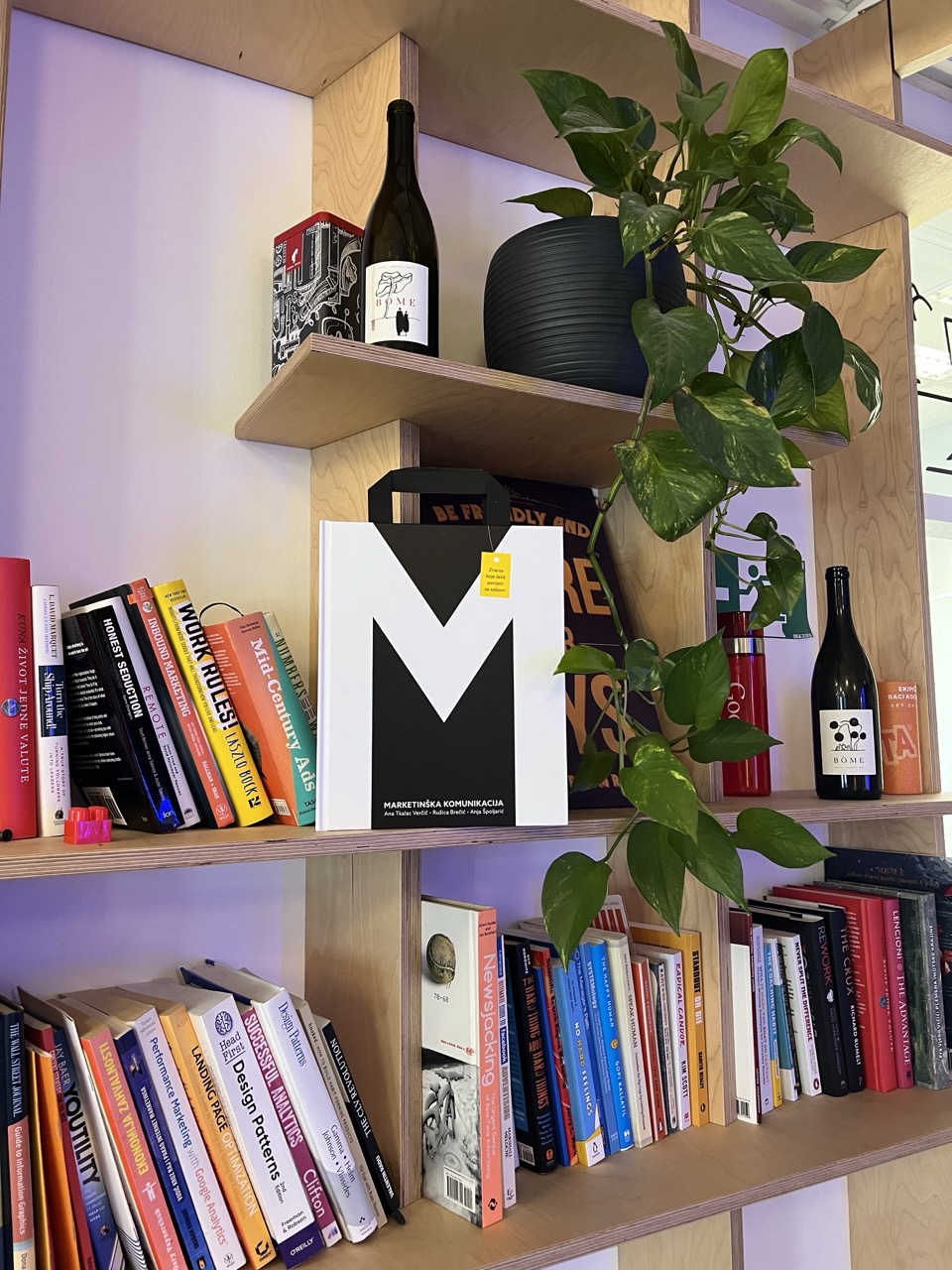When a client achieves outstanding results, there is often a tendency to strive for even greater success, whether it be in sales, leads, or impressions. In performance marketing, the prevailing sentiment is usually “more is always better.” However, is this really the case?
For the past year and a half, we have been working with kompare.hr, a web platform that allows users to compare telecommunication offers and health and car insurance policies in one place.
After signing up on the web and filling out a form, users get an overview of the offers that best fit their needs. Within 24 hours, an agent contacts the person and leads them through the sales process.
Most people use Google to find out about needed policies and offers, so Google Ads seemed like a great platform to promote kompare.hr. We also added Meta advertising to the marketing mix, but we focused more on creating awareness on the Meta channel. In 2021, the platform received plenty of leads per day. However, despite the significant number of leads, it was not the best option for our client from a business perspective.
The number of leads agents’ received a day overloaded them, making it hard for them to manage all the queries. If a lead is not processed within 24 hours, the chances that it will fail are high, and a failed lead is also a failed investment. Additionally, fluctuations in agent availability, such as during holidays, influenced results as the high number of leads could not be handled if resources were limited. It became clear that having hundreds of leads was not beneficial if they couldn’t be processed.
Creativity isn’t always about extravagance but about finding solutions that haven’t been tried before. Our account managers embarked on a mission to develop a digital strategy that would deliver exactly the number of inquiries that contact agents could handle with quality at a given time. After carefully considering the problem, they devised a solution allowing kompare.hr to receive a predetermined number of leads while investing the optimal amount of money per lead and enabling contractors to work efficiently.
With the available resources, we restructured campaigns and bidding strategies to ensure the highest profitability. On the one hand, tracking was set up to accurately monitor users’ customer journey. On the other hand, the campaigns’ new setup, in combination with smart bidding, made it easier to control and monitor the daily flow of leads for each sector, ultimately providing kompare.hr with a pre-arranged number of inquiries at the best price.
How could this work? Maths!
Specifically, by determining how many leads an individual agent can handle in a day and multipling that by the number of agents available, we can extract the total number of leads per sector that can be processed daily and weekly. In such a manner, we can calculate the number of leads we need to have via paid and unpaid channels in a day, and that’s the number we targeted as KPI.
If a week later, we receive inputs that more (or fewer) agents than the week before are available, we do the maths again and adapt to kompare.hr’s internal capabilities.
The results were impressive:
The conversion rate from inquiry to customer increased by 17% annually.
Regarding car insurance, the number of policies sold increased by 28%.
Balancing the number of inquiries allowed over 90% of them to be processed within 24 hours, significantly increasing the probability of contracting the service.
The good results enabled the company to increase the number of employees by 42.8% in December 2022 compared to December 2021. They served almost 100,000 customers by the end of 2022.
Such an approach directly contributes to the fact that kompare.hr processes 90% of leads within 24 hours, which is truly impressive when you consider that it is a very large number of leads on a weekly/monthly level. Thus, the kompare.hr case showed us that optimality is key in advertising, just like balance is key in life. More is not always better, but optimal is.







